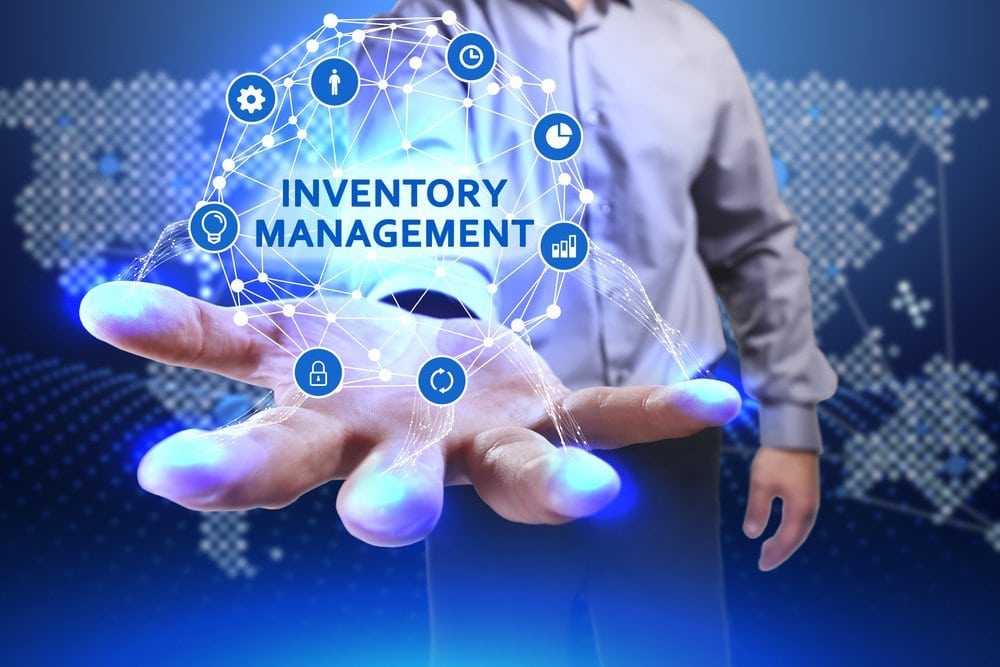What do you like better? Stocking up on your inventory levels a little less than the demand due to a fear of overstocking, or keeping your inventory always high to never run out of anything? Well, both alternatives are unacceptable!
While excess inventory depreciates over time, takes up space, and costs you money, running out of stock is not a good thing either. Out of stock means your sales considerably go down and you have earned the brand image of not holding appropriate amounts of stocks.
To run a successful business, you need to strike just the right balance between understocking and overstocking.
Know your consumers
The most important step is to be deeply aware of consumers' wants and needs. Analyzing past purchases during a particular period can provide you with a much-needed peek to know how much inventory is needed for your business. Another aspect is keeping a tab on the changing consumer trends to gauge the necessary level of inventories.
Take care of reorder points
A business decides a particular reorder point which is the minimum amount of inventory it holds before reordering more products, thereby ensuring that the business does not run out of stocks to sell. To know the reorder point for a product, multiple the daily average usage rate by the lead time you have in days for the product.
Observe the market
Though the market is unpredictable, there are a few high and low demand periods that can help your businesses prepare and make sales forecasts. For instance, even with increasing uncertainty, you still know that ice cream sales reach a high peak during summers with a similar contrast in the colder months.
Avoid oversight of the stocks
This is a seemingly negligible, but serious issue. The way you arrange your inventory makes all the difference. To avoid oversight of your stocks, always keep the high-in-demand stocks at the front, and the rest in that order so that you do not lose out due to oversights in the warehouse.
Inventory management system in place
A well-functioning inventory management mechanism will never cease to amaze you with its benefits. Your business relies on a mechanism through which products are identified and scanned into the system by barcodes and tags. Inventory management helps you monitor products throughout the supply chain, from procurement to delivery.
If you are struggling to find that sweet spot of holding the right amount of stocks, Excess2Sell is here! With its motive of simplifying B2B, Excess2Sell offers end-to-end business solutions for both buyers and sellers to free you from all your business worries!
Looking to strike the right balance between “less2sell” and “excess2sell” for your business? Start today with Excess2Sell!
















